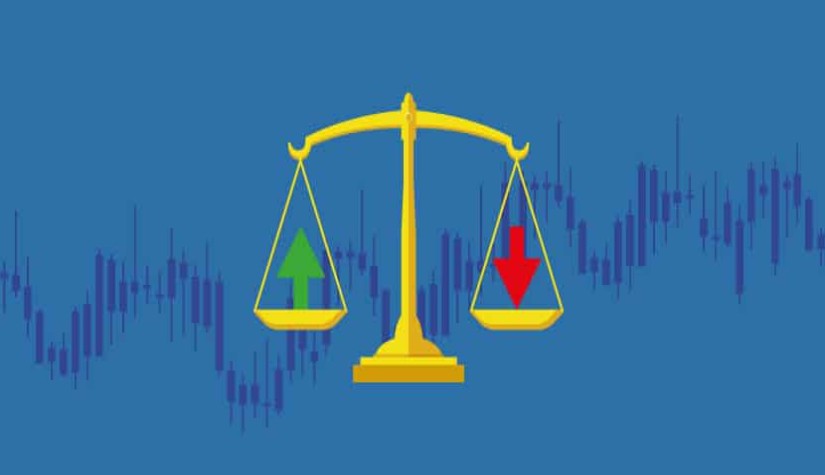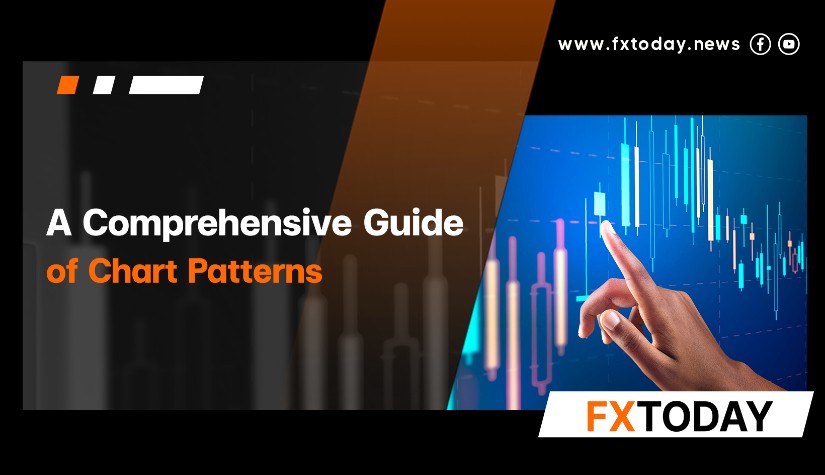Bollinger Bands represent a highly sought-after indicator used for trend analysis and predicting price reversals. They offer valuable insights into price continuity and fluctuations. Given their efficacy, technical analysts frequently use them for short-term chart analysis, focusing on hourly or daily timeframes. Credit for the development of Bollinger Bands goes to John Bollinger, a distinguished technical trader. This method essentially advanced from the application of moving average envelopes.
The Appearance of Bollinger Bands
Bollinger Bands comprise three distinct lines:
- Upper Band (BB Top)
- Middle Band (BB Average)
- Lower Band (BB Bottom)
When plotted together on a chart, these lines form a unique pattern that resembles a twisting shape.
Configuration Settings
For new users, attaching to the default settings, which set the Period to 20, is typically the recommended approach, as shown in the sample image.
The Advantages and Applications of Bollinger Bands
1. Measuring Market Volatility
Bollinger Bands offer a perspective on market conditions, indicating whether the market is trending, volatile, or quiet. For instance, if the bands contract or move closer, it signifies a quiet or low-volatility market. On the other hand, expanding or diverging bands suggest a volatile market, signifying active buying and selling among investors.
2. Serving as Support and Resistance Levels
Each component of the Bollinger Bands—Upper, Middle, and Lower Bands—performs a distinct role while moving with the price trend:
- The Upper Band functions as a resistance level.
- The Middle Band acts as both a support and resistance level.
- The Lower Band serves as a support level.
3. Identifying Price Trends
Bollinger Bands can effectively reveal price trends as follows:
- Uptrend: The price moves near the upper band and rarely falls below the middle band.

- Downtrend: The price remains close to the lower band and rarely rises above the middle band.

- Sideways Trend: If the price reaches the upper band and then shifts from an upward to a downward trend, it implies a likely downward reversal (a sell signal). Conversely, if the price touches the lower band and then shifts from a downward to an upward trend, it implies a probable upward reversal (a buy signal).

4. Recognizing Overbought and Oversold Conditions
Bollinger Bands make it relatively straightforward to identify overbought and oversold conditions:
- Upper Band: Suggests an overbought condition (excessive buying).
- Lower Band: Signals an oversold condition (excessive selling).
Thus, the Middle Band represents a neutral or balanced market position between buying and selling.
5. Trading With a Breakout Strategy
In a breakout strategy, you initiate a trade when the price breaches a support or resistance level. Bollinger Bands can be utilized in all market conditions, whether uptrend, downtrend, or sideways. However, some adjustments or techniques might be needed depending on market conditions. This strategy simply involves identifying price breakouts and trading in alignment with the current market trend.
The Bollinger Bands will contract when the market enters a quiet phase and volatility diminishes. This tightening provides an excellent opportunity to identify potential breakout points, either through a support or resistance level, making it beneficial for a breakout strategy.

Conclusion
As an adaptable tool, Bollinger Bands not only indicate the direction of a trend but also signal potential reversals. Their popularity owes to their user-friendly nature and efficacy. To amplify their effectiveness, it's recommended to pair them with other indicators such as the Commodity Channel Index (CCI), Relative Strength Index (RSI), and Oscillators (OCT). Relying solely on Bollinger Bands may yield unclear confirmation signals in certain situations.
Hence, it's crucial to acquaint yourself with other indicators as fallback options during changing market conditions.
______________________________
Maximize your knowledge: Blog
Keep up to date on global events: News
Updated
1 year ago
(Jun 06, 2023 17:41)
















